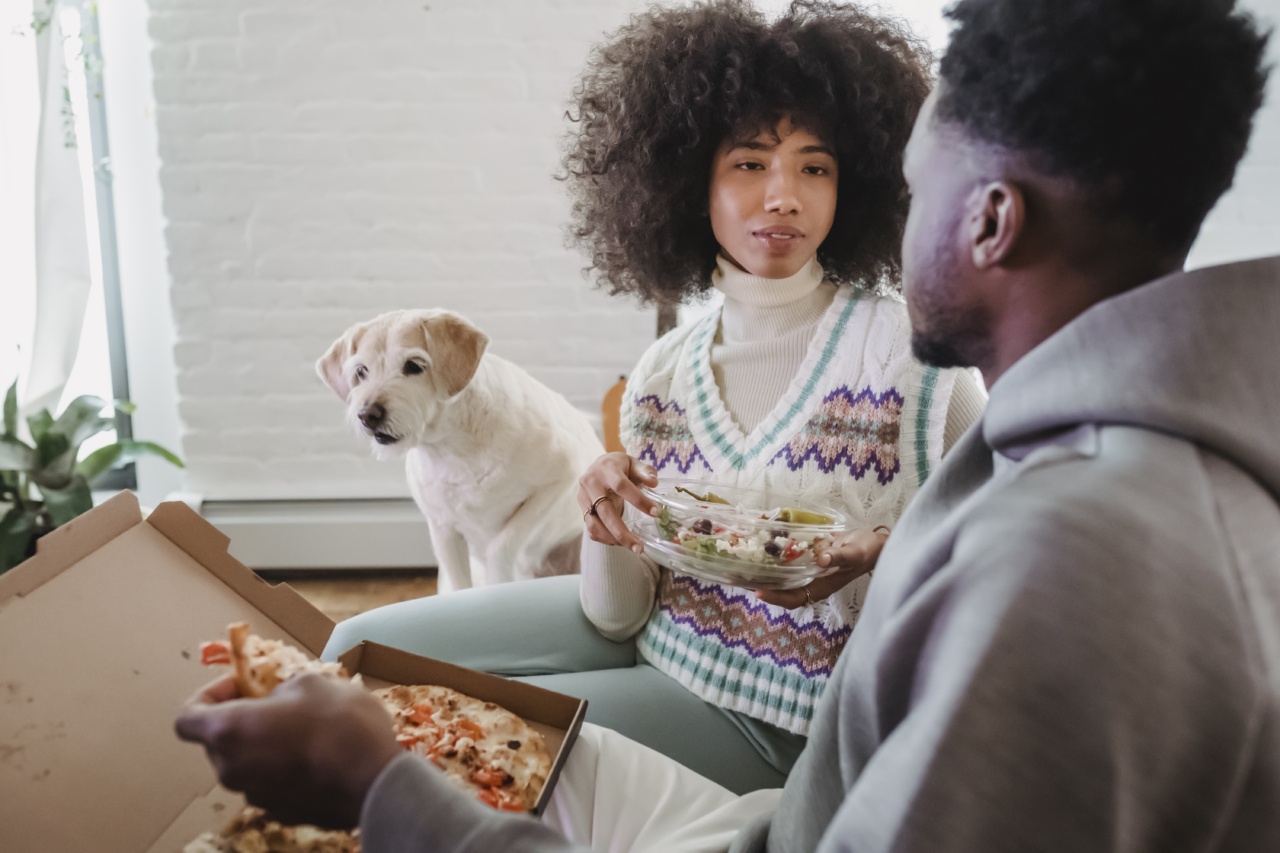Dogs are one of the most fascinating creatures on the planet, and dog owners know that there is always something new to learn, observe, and appreciate about these furry beings.
If you’ve noticed your dog rolling over when meeting another dog, you might have wondered what causes this behavior and what it means. In this article, we’ll explore various reasons why dogs roll over when they encounter other dogs.
1. Submission and Appeasement
Rolling over is considered a submissive gesture in the animal kingdom. When a dog rolls over, they expose their belly, throat, and other vulnerable body parts to the other dog.
This vulnerability signifies that the rolling dog is not a threat and is not interested in fighting. This behavior is a way of telling the other dog that they mean no harm and are willing to submit. By doing so, they hope to convey an “I come in peace” message to the other dog.
Rolling over is often accompanied by other appeasement behaviors like licking the other dog’s face, crouching down, or licking their own lips.
These non-threatening gestures aim to diffuse any tension or aggression in the interaction and create a more peaceful encounter.
2. Playfulness and Friendliness
Rolling over can also be a sign of playfulness or a friendly invitation. When dogs play, they often roll around on the ground, chase each other, and engage in other “silly” behaviors.
Rolling over during play can be interpreted as an invitation to continue the fun or signal that the dog is willing to engage in more play antics. Similarly, rolling over can be how a dog greets another dog, saying, “Hi, I’m friendly, let’s be friends!”.
3. Trust and Bonding
Rolling over can also be a display of trust and affection between two dogs. When dogs are close friends or mates, they might roll over in front of each other as a sign of affection and trust.
Rolling over signals that the dog feels comfortable and safe in the other dog’s company and trusts them not to harm them. This behavior can help cement the bond between the two dogs and enhance their relationship.
4. Natural Instincts and Biology
Rolling over can also be a leftover behavior from a dog’s wild past and a way of communicating with other dogs. In the wild, wolves, the ancestor of dogs, often roll over in front of more dominant pack members as a sign of submission and respect.
Rolling over can also be a way for dogs to communicate their willingness to mate or signal that they are receptive to mating.
Moreover, some dogs have a strong urge to roll over because it feels good to them. The act of rolling on their back can provide a physical release for some dogs and be an enjoyable sensation.
5. Fear and Anxiety
While rolling over is usually a harmless and benign behavior, it can also signify fear or anxiety in some cases. When a dog is fearful or anxious, they might roll over as a defensive mechanism or to try to escape the situation.
Rolling over can be a way to protect their vital organs, as the belly is a sensitive area of a dog’s body.
If you notice your dog tends to roll over frequently during interactions with other dogs or in other situations, it’s worth observing their body language and other clues to make sure they are not feeling threatened or stressed.
If you’re unsure, consult a professional dog trainer or veterinarian for guidance.
Conclusion
Rolling over when meeting other dogs can mean a variety of things, from submission and playfulness to trust and bonding or fear and anxiety.
It’s essential to observe your dog’s body language, context, and other behavioral cues to interpret the meaning behind their rolling over and ensure their safety and wellbeing. Understanding your dog’s behavior can help create a stronger bond between you and your furry friend and lead to a happier and healthier life together.





























